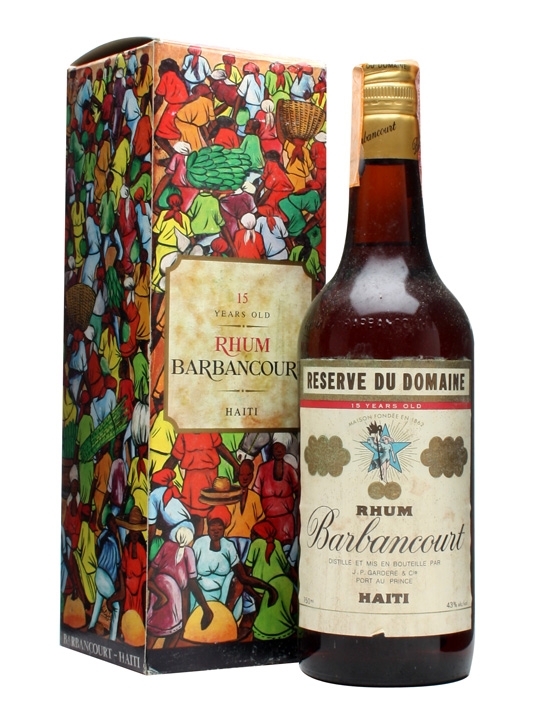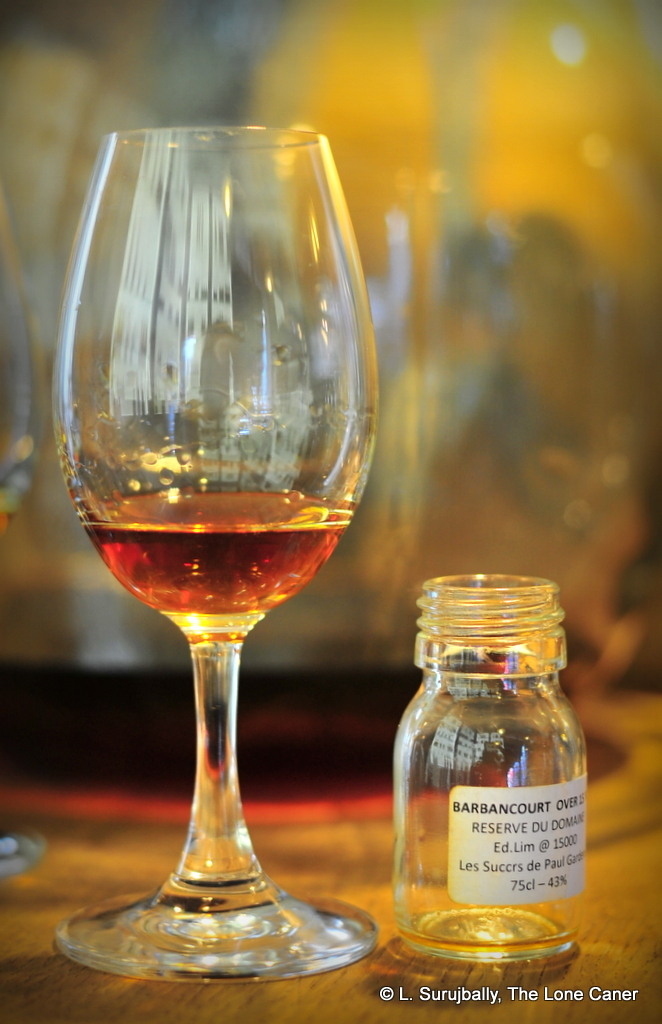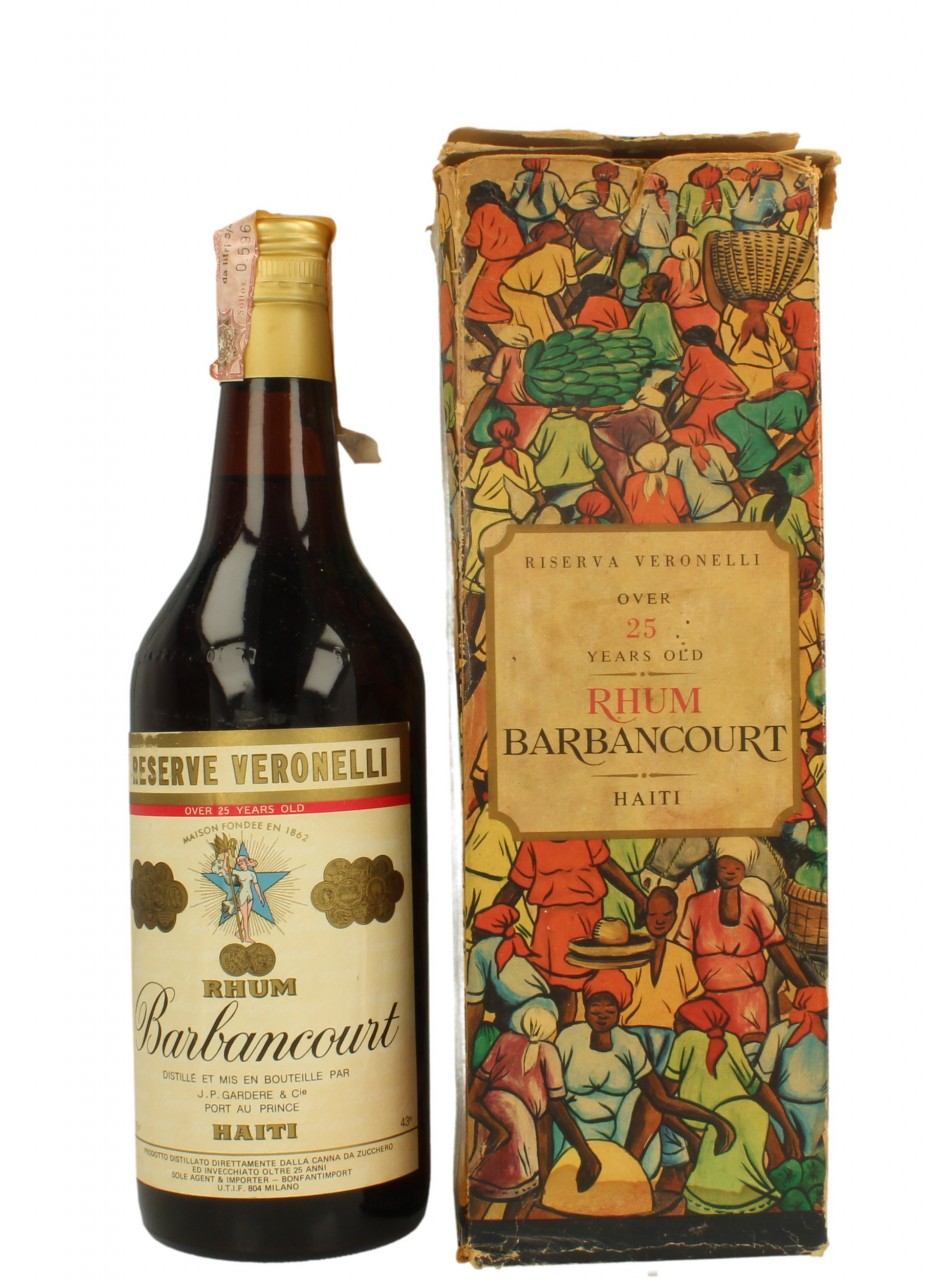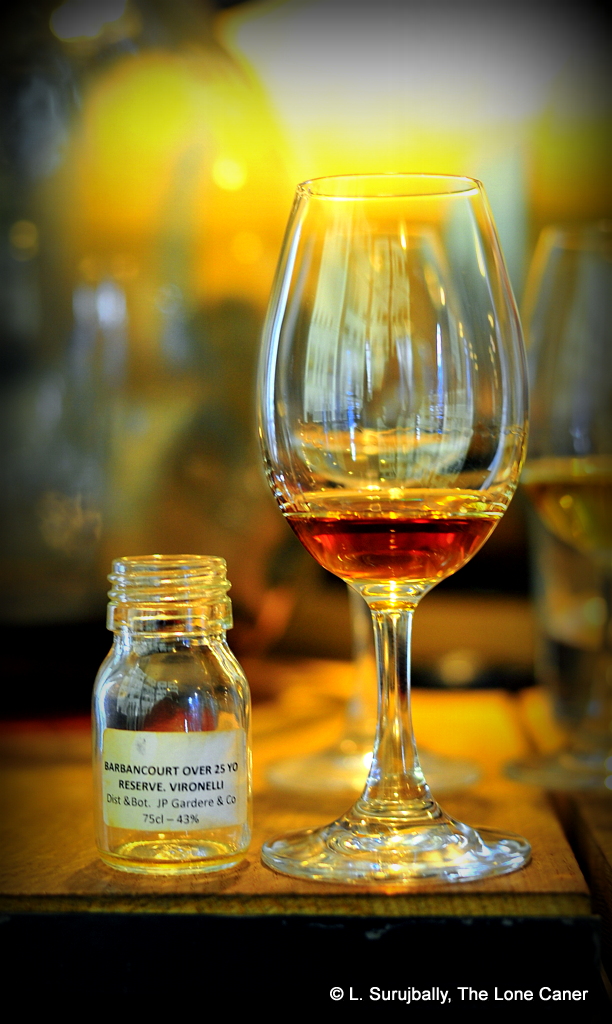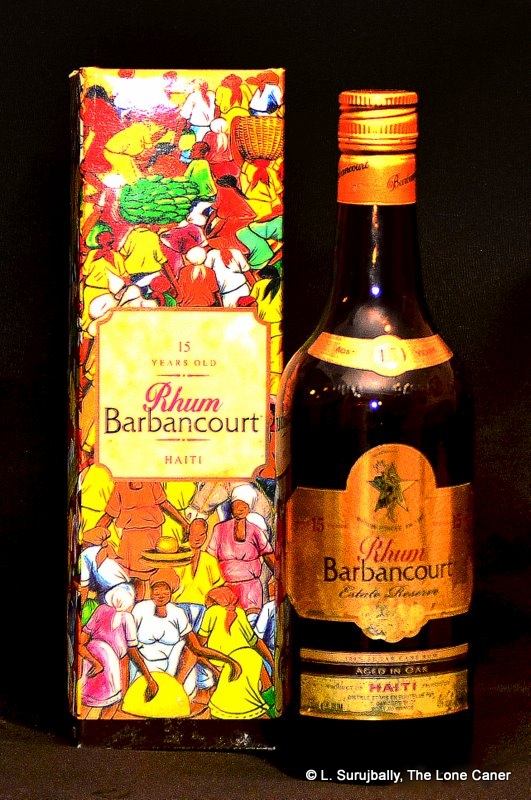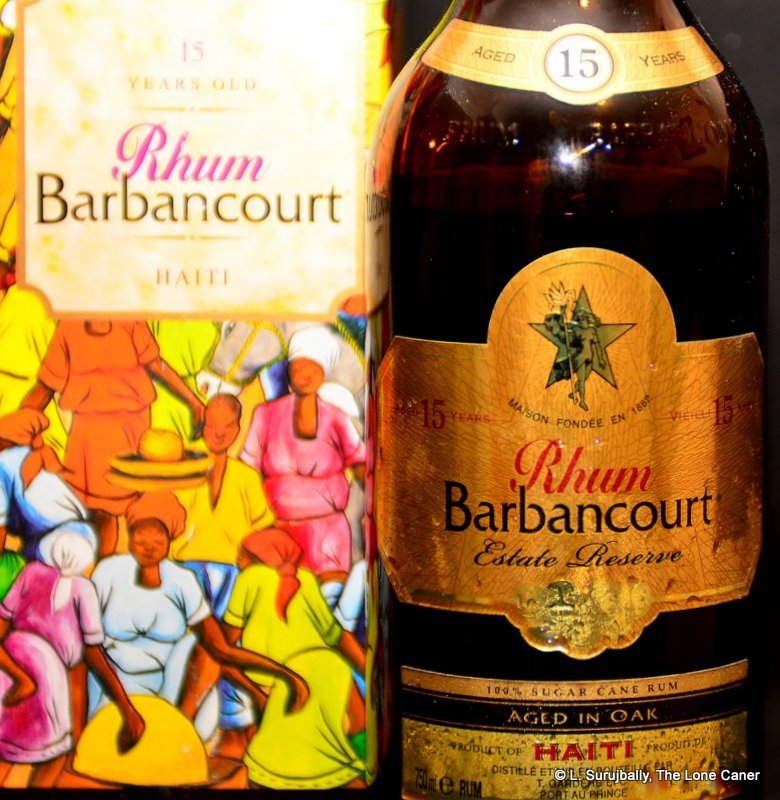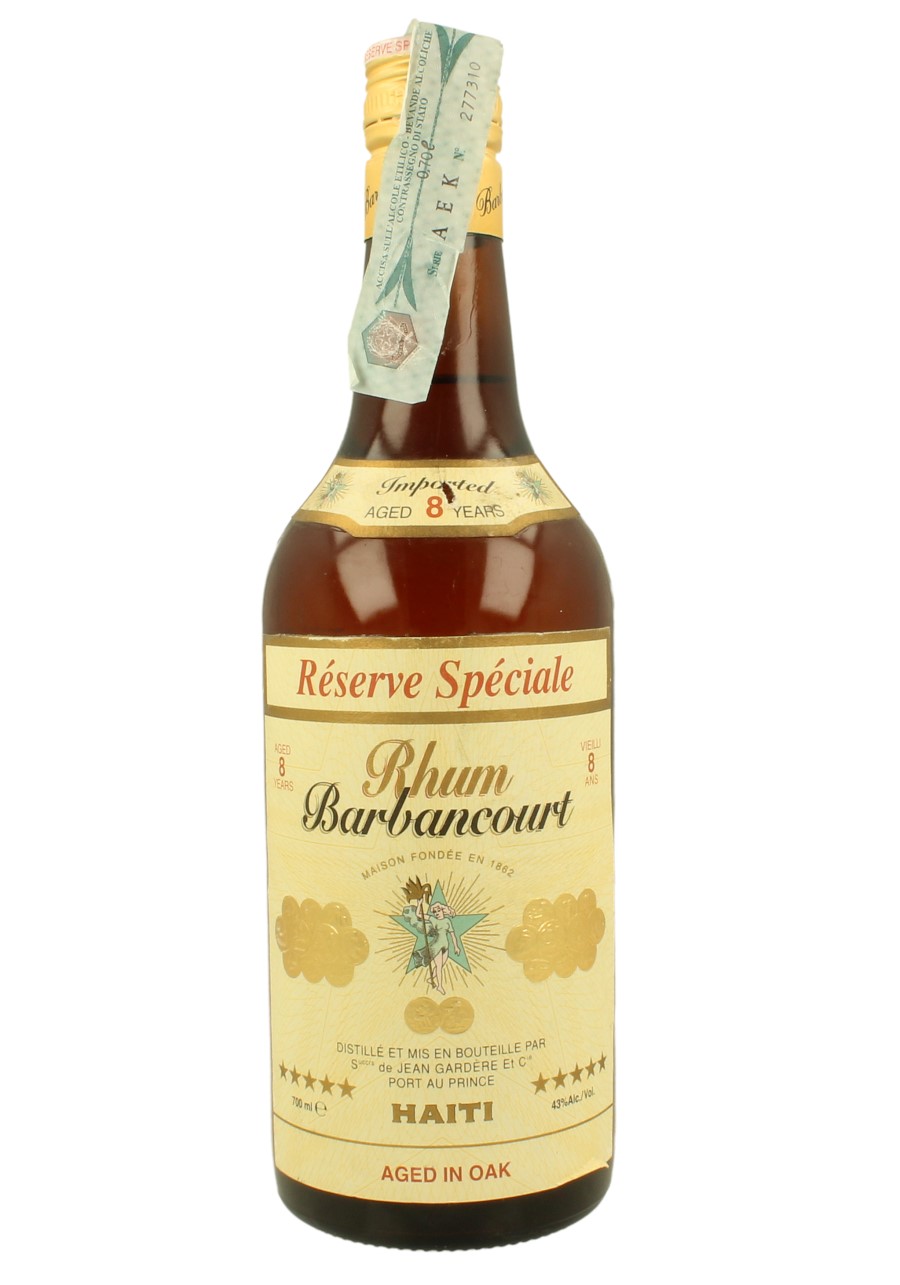This is one of those times where I’ll circle back and fill in the detailed background later, since even a summary of more than three centuries of company life will still probably put the disinterested to sleep.
In brief, Berry Bros & Rudd (or BBR) is a London-based wine and spirits enterprise (they have branches in several other countries) who dabble in their own bottlings of rum from time to time. They were among the first indies to capture my attention back in 2012 or so with an extraordinary 1975 Port Mourant, but nowadays their star shines somewhat less brightly and few speak of their rums with the reverence they once were thought to command.
This rum sort of exemplifies why: it’s a rum from Haiti about which just about nothing can be found and is listed only in a few online shops which provide a bare minimum of detail. It’s never come up for auction, is not on Rum-X’s database and nobody has reviewed it as far as I can tell. Neither Single Cask Rum nor Barrel Aged Thoughts, in their company bios, have even listed it, but then, nobody has a complete listing of BBR’s rums.
Based on the label and other sources, it is distilled in Haiti in 2004 – this of course immediately implies Barbancourt, the major and most renowned rum maker on the half-island and the only one who exports bulk to Europe where BBR would have picked up a few barrels. As was customary a decade ago, the rum was released at 46% ABV and is column distilled, though whether molasses based or deriving from cane juice is unknown (I have little faith in the spelling convention of “rum” versus “rhum” on the label to determine the source).
That out of the way, what’s it like? It is, on initial nosing, quite pleasantly fruity and musky…but not herbal or grassy (suggesting but not confirming a molasses origin). Apples, raisins, dates and black grapes are the initial scents, followed by dark red cherries and a lingering ripe pineapple background that remains perceptible throughout. Once the rum settles down – it’s a bit thin at 46% and from time to time bites like an underfed, rice-eating, flea-bitten mongrel if one approaches it carelessly – there is a deeper note of honey, light molasses, pencil shavings and cream cheese on sourdough bread.
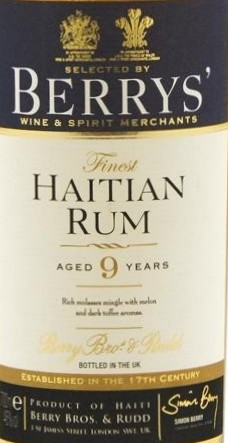 Some of this carries over to the palate, but not all. It tastes nicely of brine and a lightly salted trail mix of cashews and peanuts. Tart flavours of gherkins and sweet pickles creep in, leading to a firmer melange of crisp fruits and cough syrup (!!). Green grapes, unripe peaches and pears, some light orange zest and citronella. It feels watery at times, but there’s enough strength here to let more complex flavours seep through if one is patient. The weakest point is the finish, which is less salty, sweeter and has an easy sort of fruit salad vibe going on. It’s short, breathy, easy and not too exceptional at this point: the nose remains the best part of it.
Some of this carries over to the palate, but not all. It tastes nicely of brine and a lightly salted trail mix of cashews and peanuts. Tart flavours of gherkins and sweet pickles creep in, leading to a firmer melange of crisp fruits and cough syrup (!!). Green grapes, unripe peaches and pears, some light orange zest and citronella. It feels watery at times, but there’s enough strength here to let more complex flavours seep through if one is patient. The weakest point is the finish, which is less salty, sweeter and has an easy sort of fruit salad vibe going on. It’s short, breathy, easy and not too exceptional at this point: the nose remains the best part of it.
So, not a bad rum, but conversely, nothing to really write home about either. It’s simply a competently assembled rum with no points of distinction and few weaknesses for which one might mark it down – maybe some more ageing, a few extra points of proof, would have elevated it. It’s too good to be anonymous blah, while unfortunately not staking out any tasting territory in your mind which would cause you to seriously recommend it to your friends as something they would have to try (as attends, say, every Hampden or WP rum ever made). Maybe it’s all down to BBR not having a serious rum department or in-house expertise to really select some good juice, but the upshot is that their 9YO Haitian rum from 2004 is no undiscovered masterpiece, just a forgotten rum that no-one will miss if it stays that way.
(#882)(83/100) ⭐⭐⭐½
Historical Notes
With the explosion of new and nimble independent bottlers on the European scene, some of the original bottlers we used to know a mere decade ago are fading from view, which is unfortunate. They, these older ones, kept the flame of pure rums burning at a time when the world was glutted with anonymous blends and pointed the way to the possibilities of the rumworld we live in now. That said, I was never entirely free of the suspicion that most of these outfits had their origins in, and kept their love for, whisky as their primary focus — and rums were, at best, an afterthought. Wilson & Morgan, Cadenhead, Moon Imports, Samaroli, BBR and others, all started bottling whisky before they moved into the good stuff – but whatever the case is, they were and remain the inheritors of the merchant bottlers of old who serviced the distribution of rum around the empires they served, many of which were bought out or went under or are long out of business…and all but unknown now.
Such merchant bottlers had their origins in distributorships and spirits shops, and probably the oldest of these is the firm of Berry Brothers & Rudd in London, which, as all rum geeks are probably aware, was founded in 1698 by the surviving wife of the prematurely deceased, sadly unmissed and completely unknown Mr. Bourne, who opened a general grocery shop in that year with (one assumes inherited) funds sufficiently impressive for her to take premises opposite St. James Palace. The intricacies of the family line and business development over the centuries are too complex for this review, but by the early 1800s the shop had already moved into wine distribution and by the beginning of the 1900s was exclusively a wine and spirits merchant, bottling their own wines, sherries and whiskies well into the 20th century and expanding carefully, but globally.
Rums seem to have been issued by BB&R on something of an irregular, ad hoc basis and the only ones predating the modern era that I know of, are a Jamaican rum from the 1960s which was auctioned in 2018, and another even rarer one from 1947/1948 that went under the hammer in February 2020 both at prices none of us can afford. Rums began to appear in the portfolio as a semi-regular thing in 2002, with a Long Pond 16YO from 1986 and a Versailles 1985 17 YO; these early editions were characterised by a simple, almost Edwardian-era label design ethos which (along with the bottle style) has now been changed several times over. Some of their modern bottlings have become very sought after, like the Jamaica 1977 or the Port Mourant 1975, but somehow the series as a whole never scaled the bar which others set so high, never got that cachet of “must have” attached to their initial work. Probably this was because of inconsistent releases and equally inconsistent quality…some were good, some were not, and some were simply okay.
BBR continues to release rums from time to time, with a puzzling lack of publicity which may also be part of the reason their visibility is less than it could have been. Nothing about their rum shelf is particularly impressive: not the selections, not the disclosure of what they do have, not the variety. And while they have expanded the original “Berry’s Own Selection” to now include an “Exceptional Cask” and a “Classic Range” series – sometimes distinguished, I suggest, more by price and rarity than by quality – there are never very many listed for sale or auction and no serious must-have rums to excite the cognoscenti as, say, Nobilis or Rom Deluxe does. It remains to be seen whether the company wants to increase its footprint of well-made, well-aged rums from around the world, harness the rum-geek crowd’s enthusiasms into new and exciting ranges of young or aged expressions…or just be content to follow everyone else and remain a top tier wine and spirits merchant with a third tier rum selection.
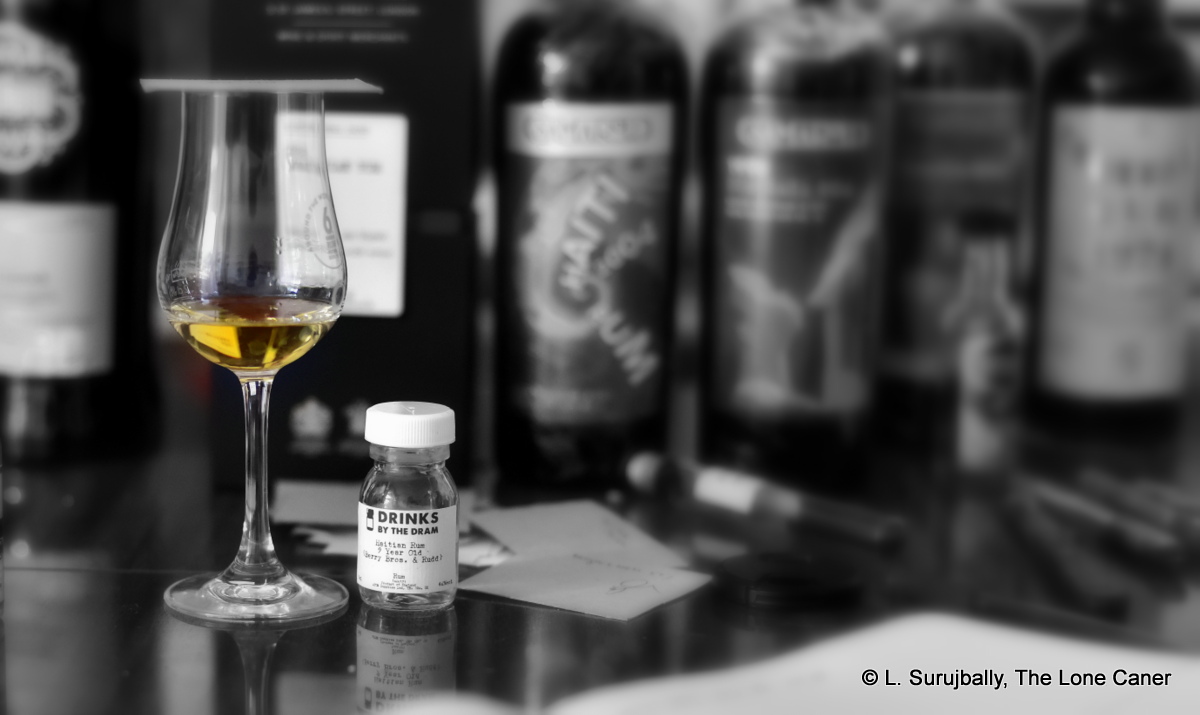
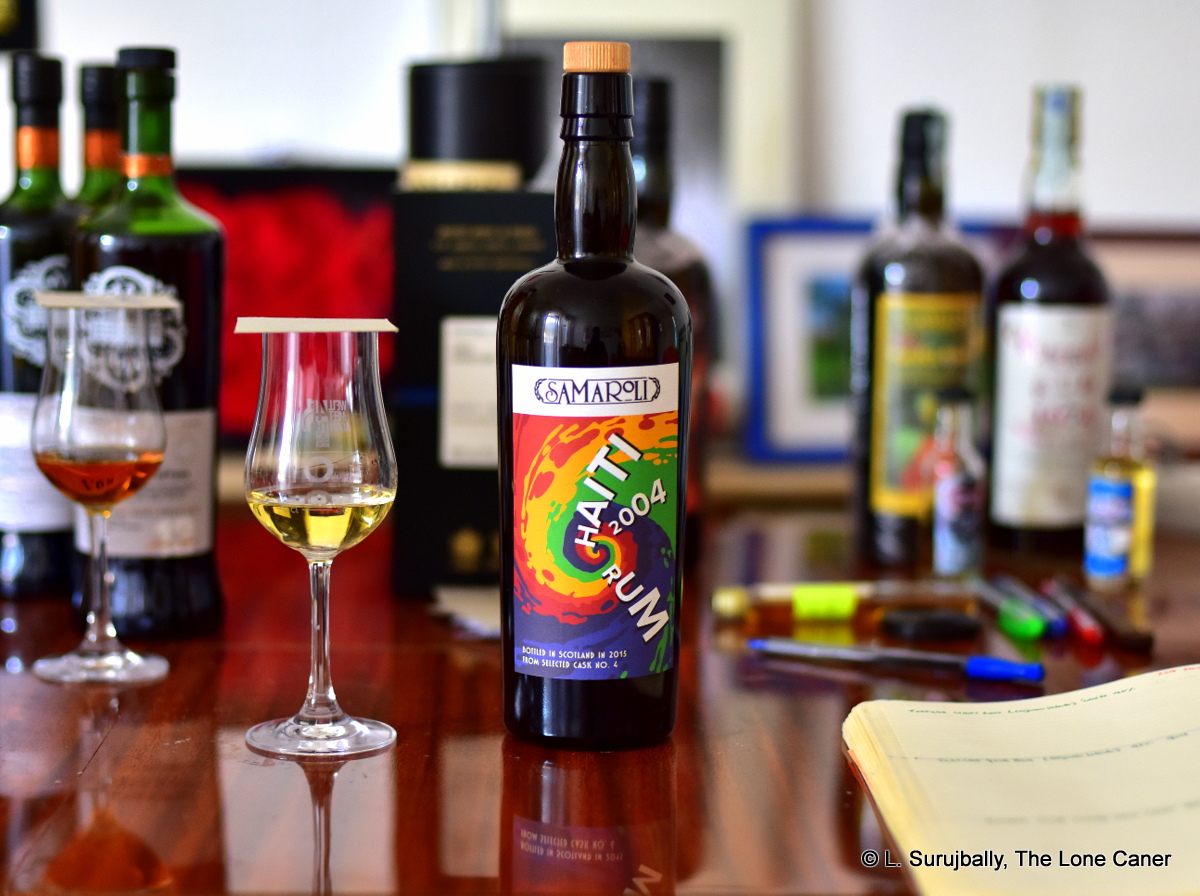
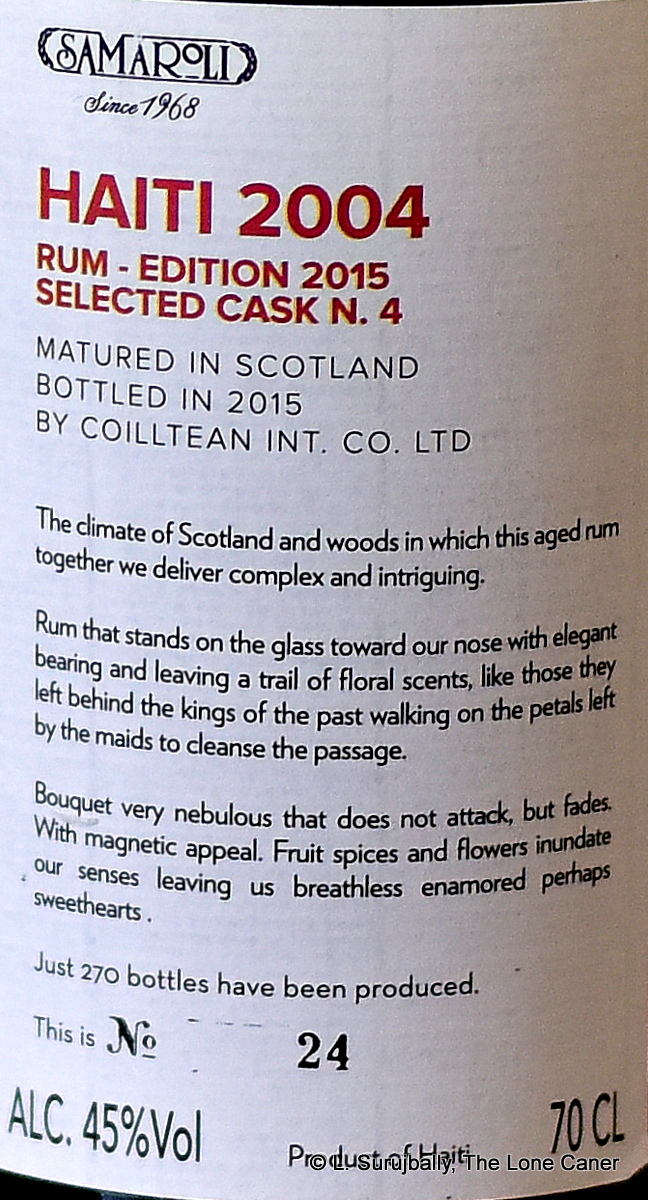
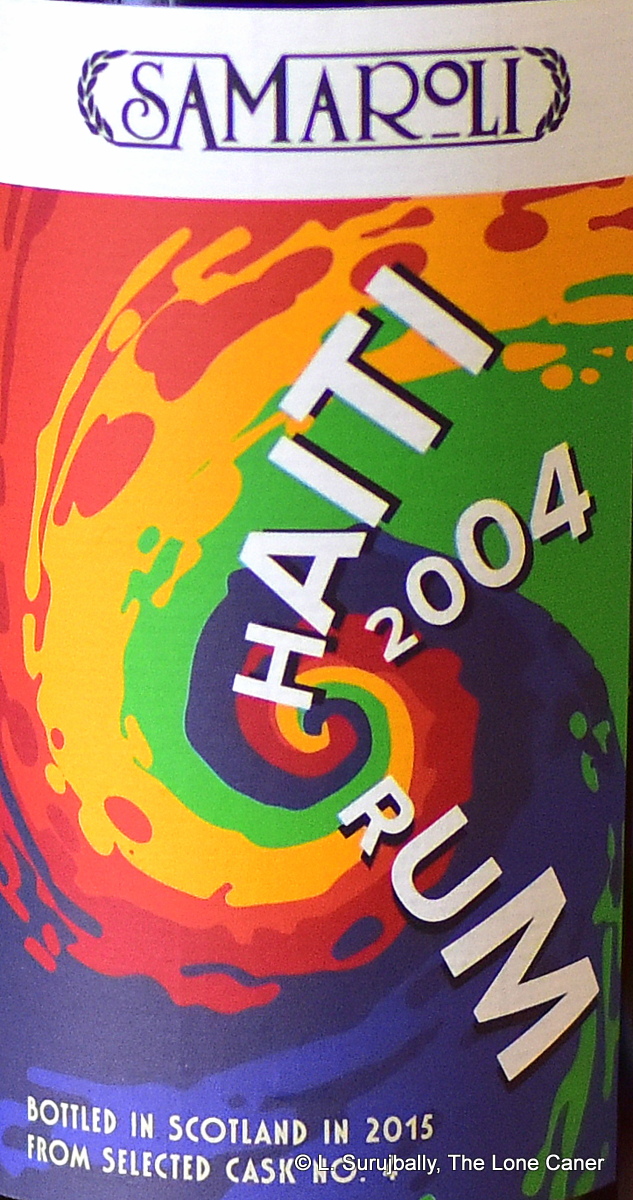
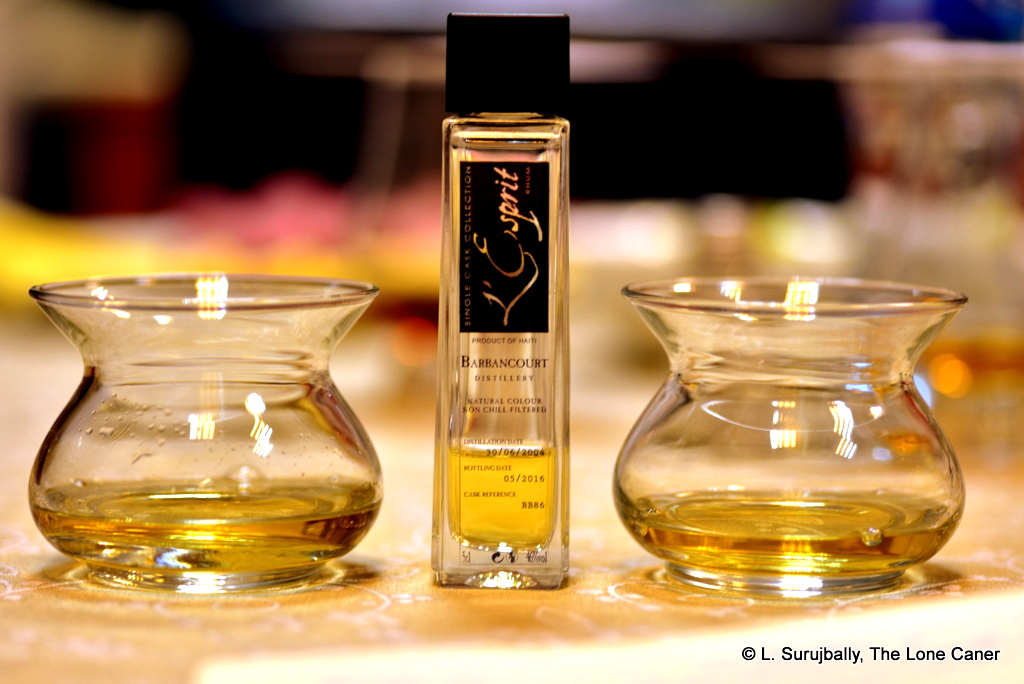
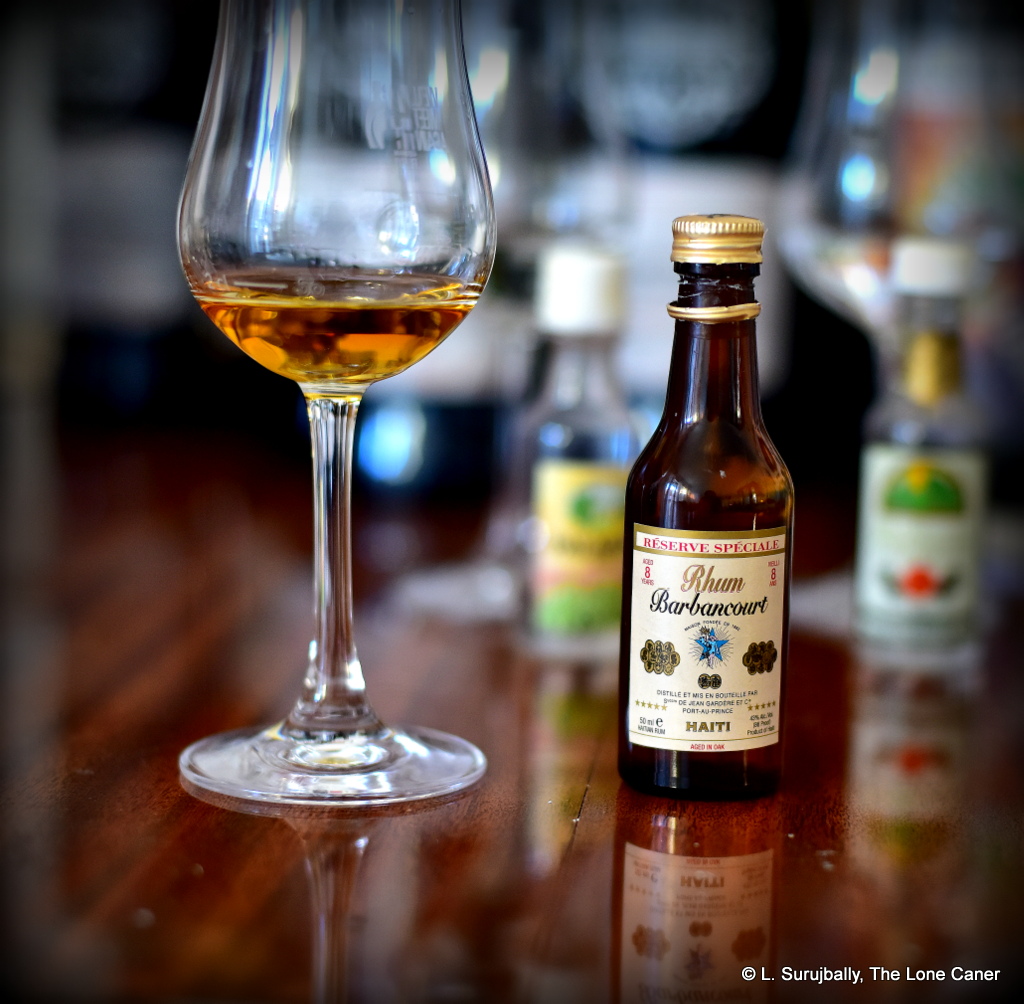
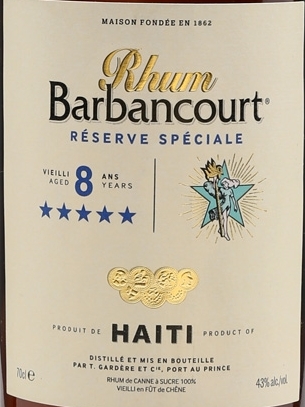
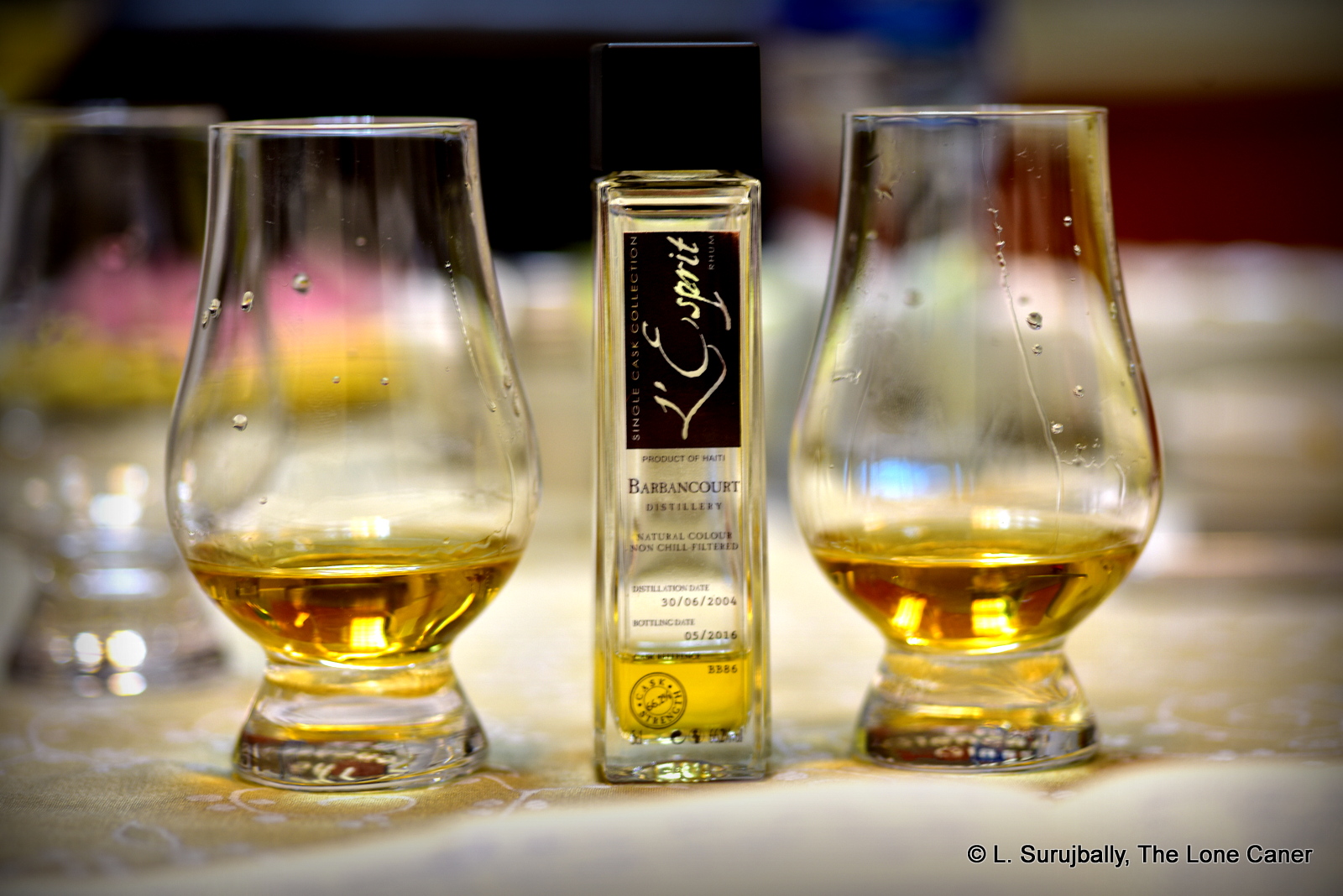
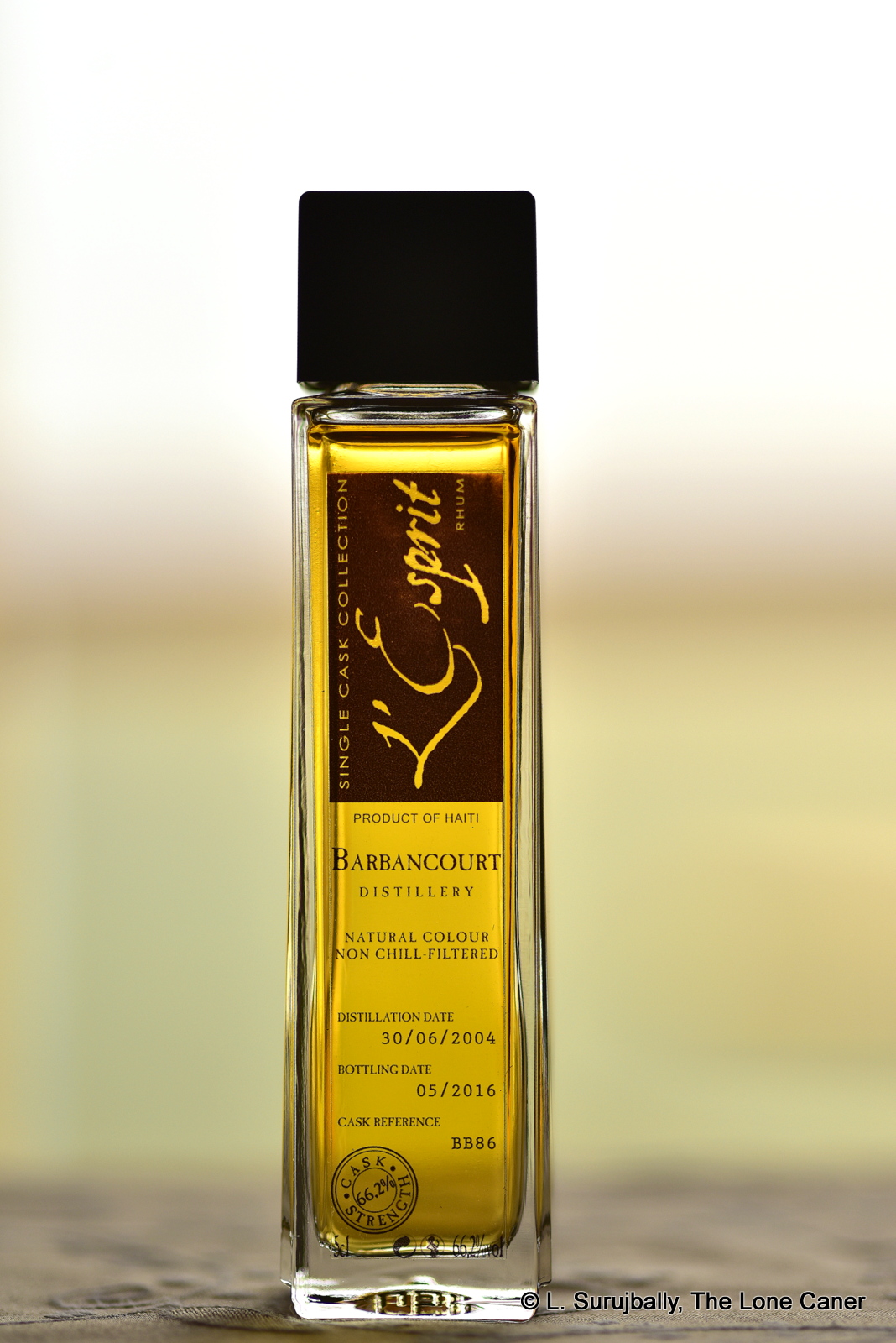 The bare statistics are brief and as follows: column still product, continentally aged; distilled 2004 and released in 2016 at a brobdingnagian 66.2% (its lesser proofed twin which is quite similar is bottled at 46% and 228 bottles were issued but about the full proof edition here, I’m not certain – less, for sure, maybe a hundred or so). Pale yellow in colour and a massive codpiece of a nose, deep and intense, which should not present as a surprise at all. It was quite aromatic as well – one could sense bananas, vanilla, prunes and fruit, with a nice counterpoint of citrus to set these off. Like many rums released at cask strength, it rewarded patience because after a while back-end smells of cream cheese, dark bread, brine, olives, nail polish, plastic bubble wrap (freshly popped), paint became much more evident, though fortunately without taking over entirely
The bare statistics are brief and as follows: column still product, continentally aged; distilled 2004 and released in 2016 at a brobdingnagian 66.2% (its lesser proofed twin which is quite similar is bottled at 46% and 228 bottles were issued but about the full proof edition here, I’m not certain – less, for sure, maybe a hundred or so). Pale yellow in colour and a massive codpiece of a nose, deep and intense, which should not present as a surprise at all. It was quite aromatic as well – one could sense bananas, vanilla, prunes and fruit, with a nice counterpoint of citrus to set these off. Like many rums released at cask strength, it rewarded patience because after a while back-end smells of cream cheese, dark bread, brine, olives, nail polish, plastic bubble wrap (freshly popped), paint became much more evident, though fortunately without taking over entirely
